Welcome to week 6 of my #RwenzoriDiary. The series started here …
A few weeks ago, we embarked on a fascinating tour of the Rwenzori region to research the tourism potential of Kasese, Kabarole and Bundibugyo, the districts surrounding the Rwenzori mountain range. It was an eye-opening trip that has really whet my appetite for exploring the region further.
One morning we drove to the start of the Kilembe Route, one of the main routes to Margherita Peak. This trail is managed by Rwenzori Trekking Services. The last few kilometres of road are difficult and need tarmacing. The views are fabulous!
Our visit to Kilembe, in the foothills of the Rwenzori Mountains near Kasese, showed some of the devastation the area suffered during the flash flood of 2014, in which people, bridges and houses were suddenly – and without warning – washed away.
Four people died but hundreds were injured and many lost their homes. It was not only water that gushed down the steep valley but huge boulders and rocks that wreaked serious damage. Houses were simply swept away in the path of the burst of water. Many community buildings were also damaged or destroyed, meaning that everyone in the area suffered.
Four years after the catastrophic flood, the evidence of destruction is still visible. In this short video clip, we walked over one of the new bridges across the River Nyamambwa.
Thumbnail photo credit Albert Ntambiko.
Kilembe is most famous for being the location of Kilembe Mine, currently closed. However, former mine workers continue to live in this small mining town. It’s a strange place, a mixture of dilapidated colonial-type prefabricated constructions and local houses. The area is littered with boulders, which you quickly come to realize must have thundered down the mountain at deadly speed.
Kilembe, four years after the flood

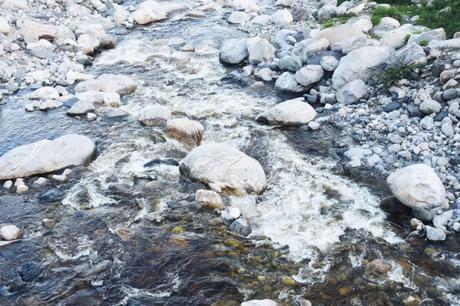
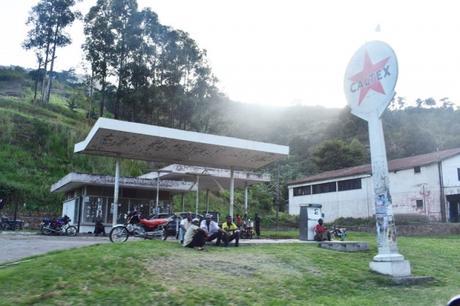
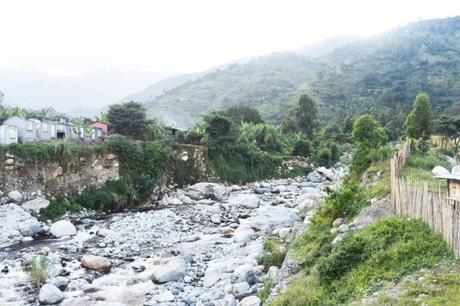
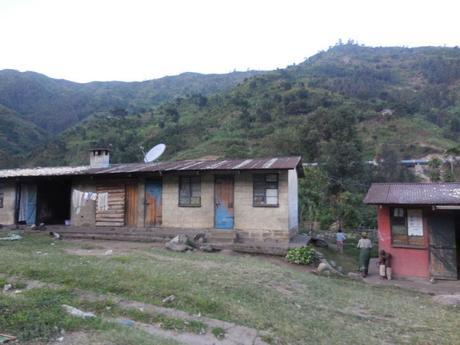

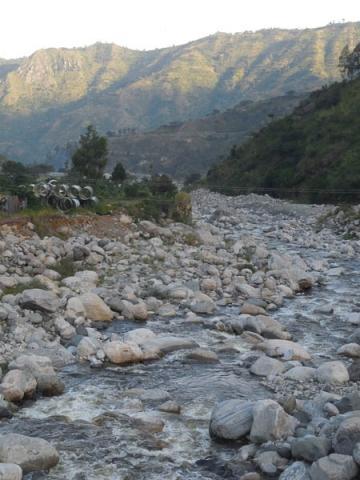
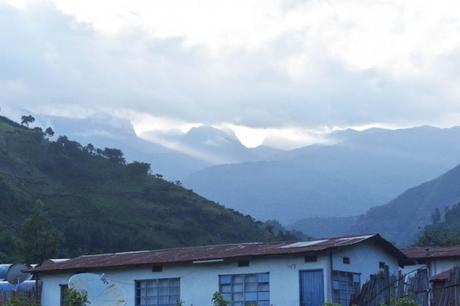
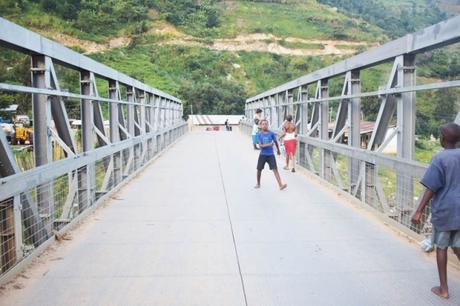
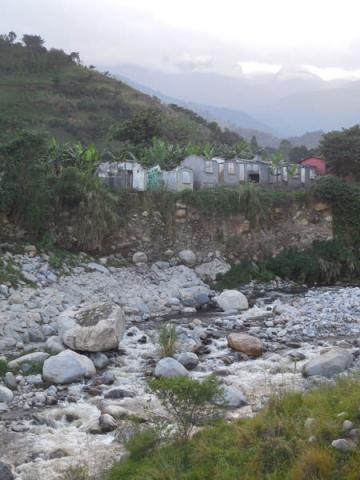
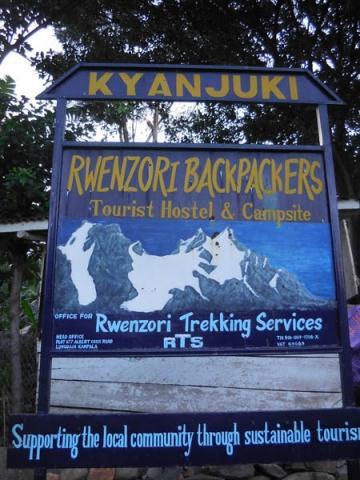
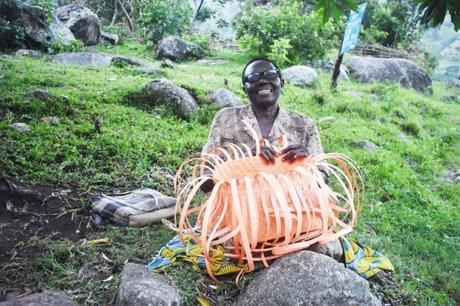
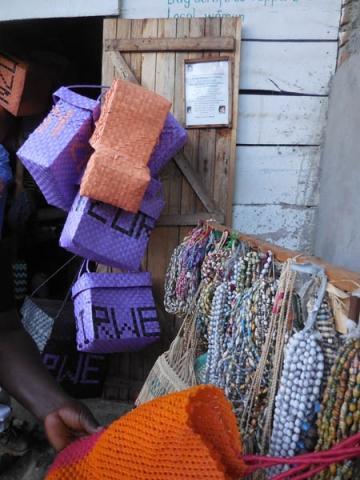

We were accompanied on our trip by James from World Wildlife Fund Uganda. He explained that the flood had probably occurred due to a combination of factors. In the lead-up to the disaster, there had been two weeks without rain (at a time of year when it normally rains every day). The area of giant Lobelia had dried out and had been burned completely. When the rains finally came, there was no vegetation left to hold the rocks together. Both the absence of rain and the fire can be seen as indicators of global warming. As for what or who started the fire, that is unknown, but natural fires are not uncommon.
You can read the technical explanations about the Kilembe flood here on the New Vision website.
A similar disaster happened in 1966.
Such incidents are thankfully very rare, however, our visit to Kilembe reminded me how vulnerable people who live in the mountains are to climate change. We saw a lot of poverty. There are few jobs and the hilly rocky terrain must be difficult to farm. This in some part explains why people feel they have no option but to enter Rwenzori Mountains National Park and poach bushmeat or cut firewood.
The purpose of our trip was to think how we can support conservation by creating job opportunities for local people. Did you know that tourism employs one in 11 people globally? Whether a porter, working in a lodge, selling vegetables or driving a boda boda, tourism offers money-earning opportunities for a cross-section of people. When they are less reliant on the land – and the protected areas in particular – conservation benefits.
Follow the #RwenzoriDiary hashtag on Twitter, Instagram and via my Diary of a Muzungu Facebook page – and please keep those hiking tips coming!
Tags:
#RwenzoriDiary, hiking, Rwenzori trekking, Semliki, Sempaya Springs, Uganda, Uganda Travel, UWA« #RwenzoriDiary week 5 – A steamy adventure. Sempaya Springs, Semliki

